Helicopters offer a unique and versatile mode of transportation, catering to various needs, from scenic tours to emergency medical services. However, understanding the costs of renting and owning helicopters is essential for making informed decisions.
In this article, we will delve into the intricacies of helicopter rental and ownership costs, exploring the factors that influence these expenses.
Helicopter Rental Costs
Renting a helicopter involves several components, including the hourly rental rates and additional fees for hiring a pilot.
Hourly Rental Rates Based on Helicopter Type
Helicopter rental costs are crucial to consider when planning a helicopter rental. The rental rates are primarily determined by the type of helicopter chosen for the flight. The following table provides estimated hourly rental rates for different helicopter types:
| Helicopter Type | Hourly Rental Rate Range |
| Light Single Engine | $300 – $500 |
| Light Twin Engine | $500 – $800 |
| Medium Twin Engine | $800 – $1,200 |
| Heavy Twin Engine | $1,200 – $1,500 |
These rates are general guidelines and are subject to variation based on location, availability, and specific rental terms.
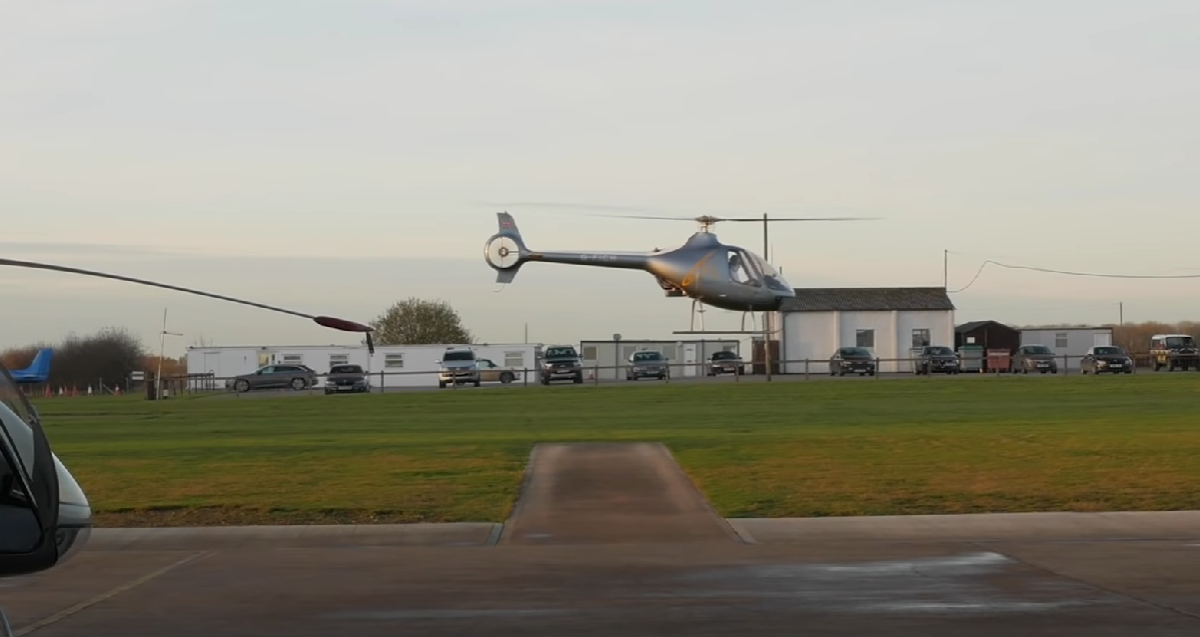
It is essential to consult with helicopter rental companies for accurate pricing information and to inquire about any discounts or special offers that may be available, particularly for longer rental durations.
Various factors, including the helicopter’s size, performance capabilities, and features, influence the hourly rental rates. Light single-engine helicopters, typically smaller and more economical, have lower rental rates ranging from $300 to $500 per hour.
Light twin-engine helicopters, offering enhanced performance and redundancy, command higher rental rates of $500 to $800 per hour. Medium twin-engine helicopters, capable of carrying more passengers and cargo, have higher rental rates ranging from $800 to $1,200 per hour.
Finally, heavy twin-engine helicopters, designed for heavy-lift operations or long-distance flights, have the highest rental rates ranging from $1,200 to $1,500 per hour.
It is important to note that these rates are approximate and can vary based on several factors. Rental rates can be influenced by regional market conditions, demand-supply dynamics, and the specific rental company’s pricing structure.
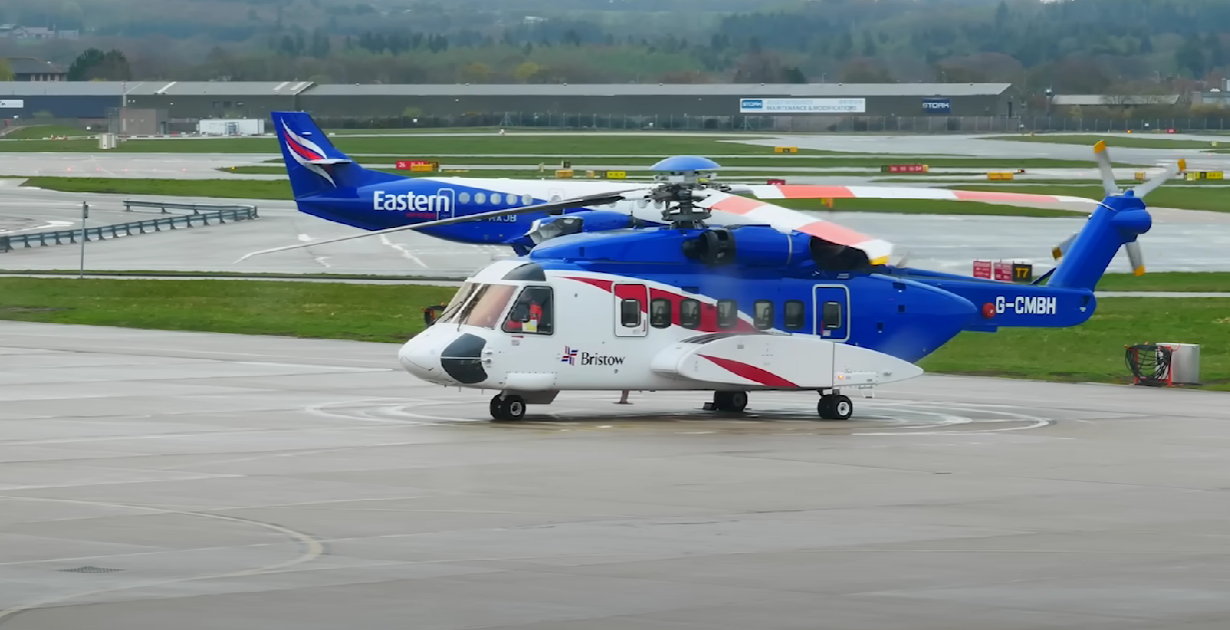
Factors such as the helicopter’s age, condition, and equipment onboard can also impact the rental rates. Therefore, consulting with helicopter rental providers is advisable to obtain accurate pricing information for the desired helicopter type and duration.
Furthermore, discounts may be available for longer rental durations. Helicopter rental companies often offer reduced rates for extended periods, such as daily or weekly rentals.
These discounts can help optimize costs for individuals or organizations planning more extensive helicopter usage.
Additional Costs for Hiring a Pilot
In addition to the rental costs, hiring a pilot is an essential requirement when operating a rented helicopter. Pilots play a crucial role in ensuring the safe and efficient operation of the aircraft. Let’s explore the additional costs associated with hiring a pilot.
To operate a rented helicopter, the pilot must hold a Private Pilot License (PPL). This license signifies that the pilot has undergone the necessary training and has met the required standards set by aviation authorities. Obtaining a PPL involves both theoretical and practical training, including flight hours, ground school, and examinations.
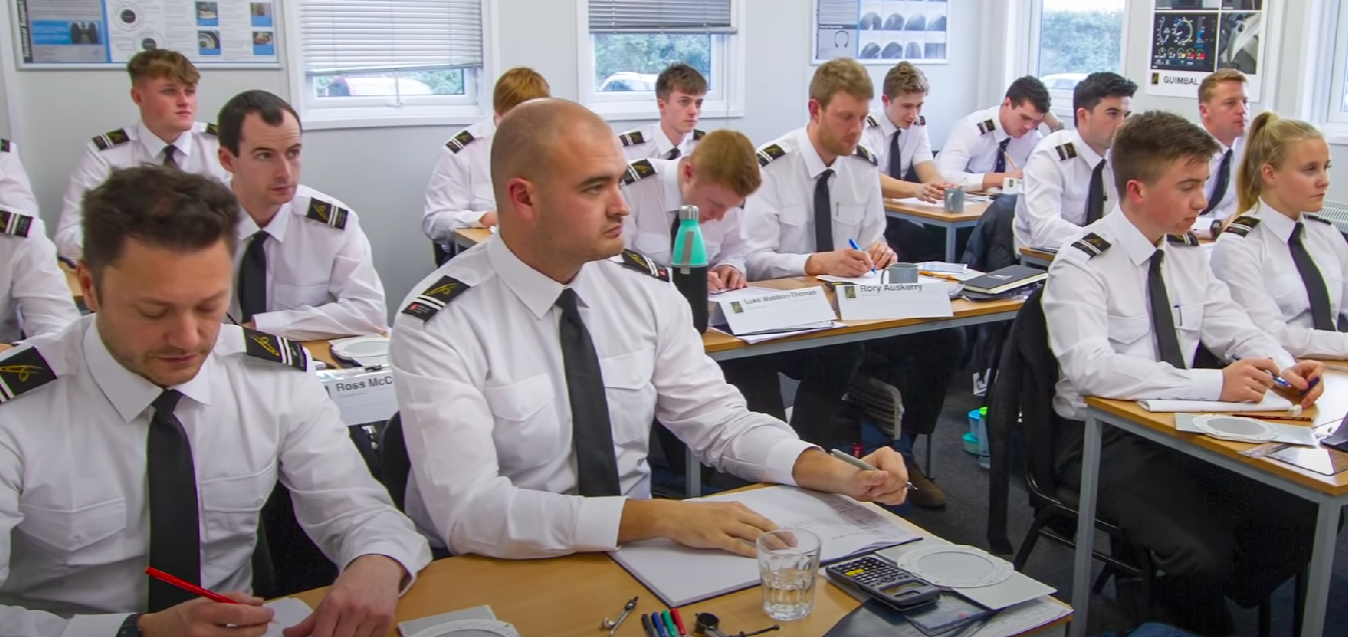
The cost of obtaining a PPL can vary depending on several factors, such as flight school, location, and individual proficiency. The average range for obtaining a PPL is between $50 and $100 per hour of flight training.
Pilot training and licensing expenses are significant factors when hiring a pilot. These costs encompass the training required to obtain a PPL and any additional certifications or ratings the pilot may possess. Training costs can vary depending on the flight school, the type of helicopter used for training, the duration of the training program, and the location.
Flight schools often provide structured training programs that cover the necessary flight hours, ground instruction, and examinations. The cost of pilot training and licensing can range from several thousand dollars to tens of thousands, depending on these factors.
In addition to the training and licensing costs, pilots charge an hourly fee for their services. The hourly pilot fee covers the time the pilot spends operating the helicopter during the rental period.
The exact rate varies depending on factors such as the pilot’s experience, qualifications, demand, and the type of helicopter being operated. On average, the hourly pilot fee can range between $50 and $100 per hour.
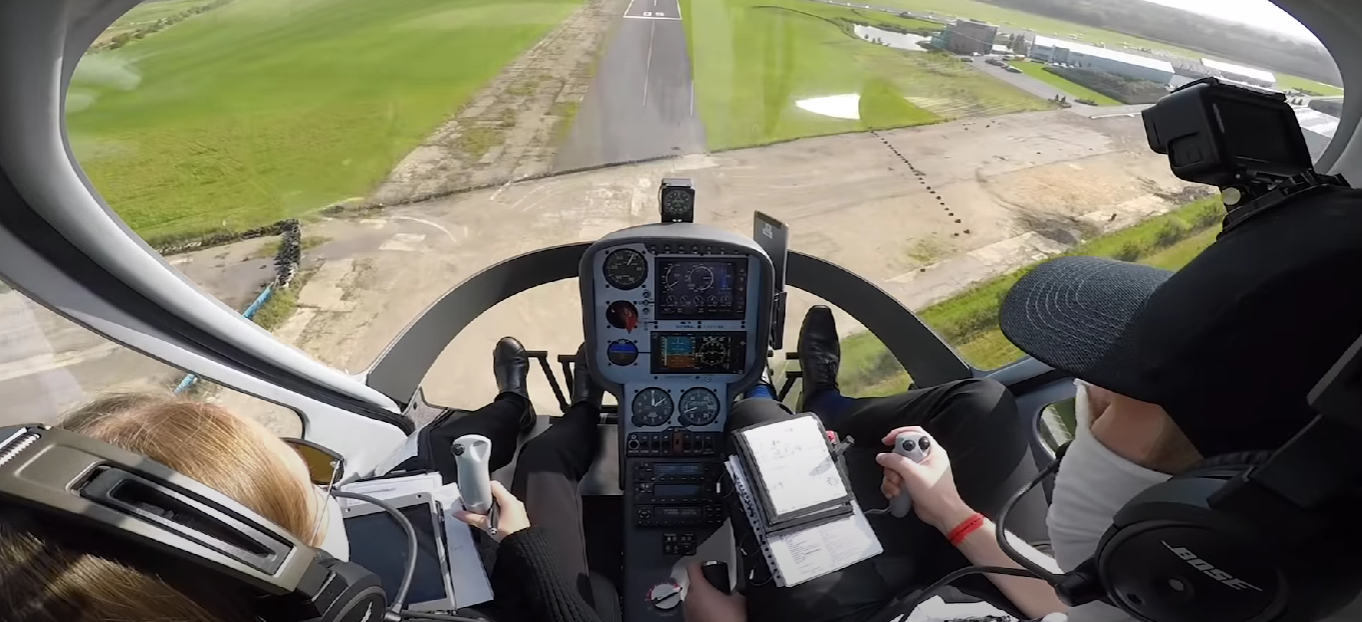
It is important to note that some helicopter rental services may include the pilot’s fee in the overall rental cost, while others may charge it separately. When comparing rental options, it is crucial to inquire about the pricing structure and whether the pilot fee is included or an additional expense.
Overall, the additional costs for hiring a pilot include the expenses associated with obtaining a Private Pilot License (PPL), pilot training and licensing, and the hourly pilot fees.
These costs should be considered when planning helicopter rentals, as they contribute to the overall expense of operating a rented helicopter.
Cost of Renting a Helicopter for 30 Minutes
For individuals looking for shorter flights or introductory experiences, renting a helicopter for 30 minutes can be an appealing option.
It allows passengers to experience the thrill of helicopter flight without committing to longer durations. However, it is important to note that the cost of renting a helicopter for 30 minutes can vary depending on several factors.
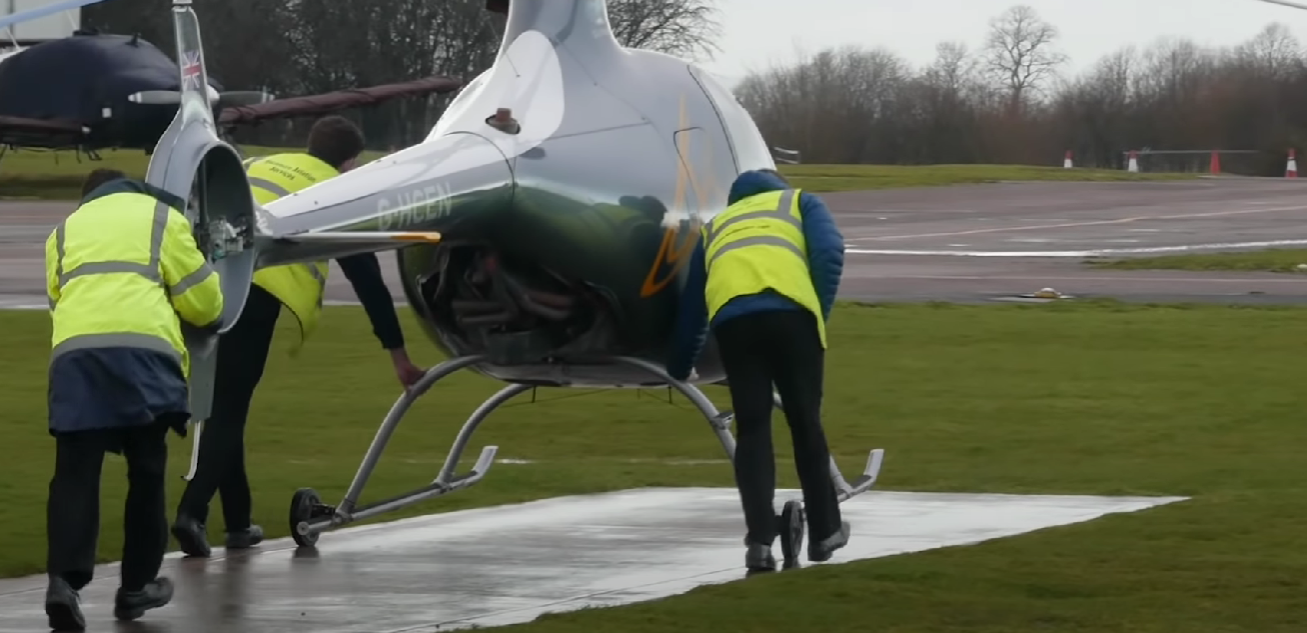
Renting a helicopter for 30 minutes typically ranges from $200 to $300. This price range serves as a general estimate.
It can vary depending on factors such as the type of helicopter, rental location, time of day, and any additional services or amenities provided. The rental price for a 30-minute flight is usually lower than for longer durations, as it involves less time and fuel consumption.
It is important to consult with helicopter rental companies to obtain accurate pricing information for 30-minute rentals. They can provide detailed cost breakdowns based on the specific helicopter models available, the rental location, and the desired flight time.
By considering the estimated cost range and the factors influencing the cost, individuals can make informed decisions when planning a 30-minute helicopter rental.
It is advisable to inquire about any additional services or amenities included in the rental, as well as any potential discounts for longer durations or package deals that may be available.

Factors Affecting Helicopter Rental Costs
When estimating the total cost of renting a helicopter, it is crucial to consider various factors beyond the helicopter type and pilot fees. Understanding these factors helps in accurately estimating the rental expenses and planning accordingly. Let’s delve into the key factors that influence helicopter rental costs:
Model and Size of Helicopter
The model and size of the helicopter have a significant impact on rental costs. More advanced and larger helicopters typically command higher rental rates due to their enhanced capabilities, performance, and features.
Helicopters equipped with state-of-the-art avionics, advanced navigation systems, and cutting-edge safety features often come at a premium price.
Moreover, larger helicopters with increased passenger capacity, cargo capacity, and longer-range capabilities often have higher rental rates. The operational costs associated with maintaining and flying larger helicopters and the capital investment required contribute to the higher rental rates for these models.
Additionally, special helicopters designed for specific purposes, such as VIP transport or specialized missions, may have higher rental costs due to their unique capabilities and customization.
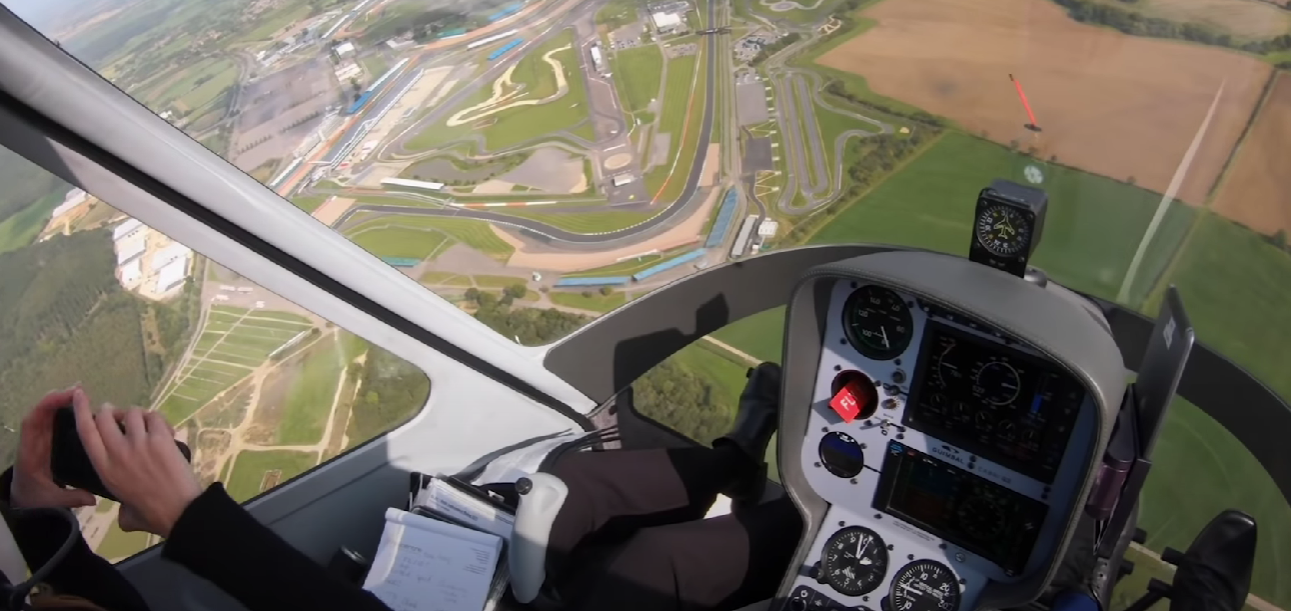
Number of Pilots Required
The number of pilots required for a specific flight can impact rental costs. While many helicopter flights are conducted with a single pilot, certain missions may necessitate multiple pilots to ensure safety and compliance with regulations.
For example, long-distance flights or operations in challenging weather conditions may require additional crew members to provide adequate support and enhance situational awareness.
The presence of multiple pilots increases the overall cost of the rental. Additional pilot fees and related expenses, such as accommodation and transportation, must be factored into the rental cost estimation.
Discussing the specific pilot requirements with the helicopter rental company to accurately determine the associated costs is important.
Location and Destination of the Flight
The rental location and the distance to the destination are crucial considerations that impact helicopter rental costs.
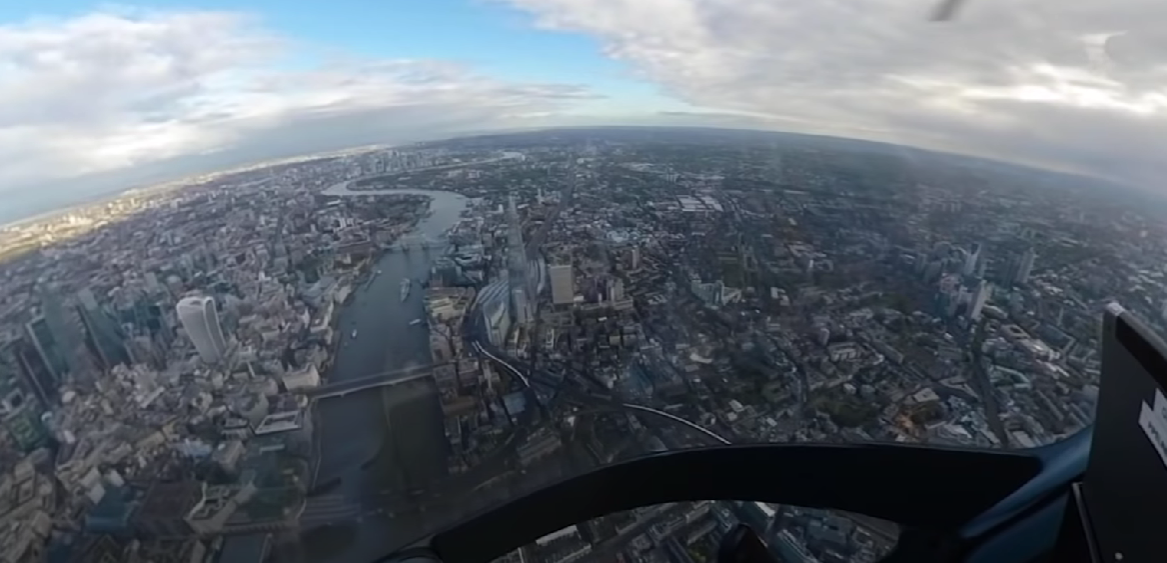
Rental rates can vary depending on the location and the availability of helicopters in a particular area. In areas with a high demand for helicopter services, rental rates may be higher due to limited supply.
Furthermore, if the flight requires the helicopter to be positioned or relocated to a remote location, additional logistics, positioning, and fuel costs may be incurred. Long-distance flights involve higher fuel consumption and potentially longer rental durations, which can contribute to increased costs.
Factors such as landing fees at specific destinations or the need for specialized permits for certain locations may also impact rental costs. Discussing these aspects with the helicopter rental company and planning is important.
Passenger Taxes and Additional Fees
When renting a helicopter, it is crucial to consider any applicable passenger taxes or additional fees. Some jurisdictions impose taxes or fees on helicopter rentals, similar to other forms of transportation.
These charges can vary depending on the region and local regulations. It is essential to factor in these costs when estimating the overall rental expenses, as they can significantly impact the total cost of the flight.
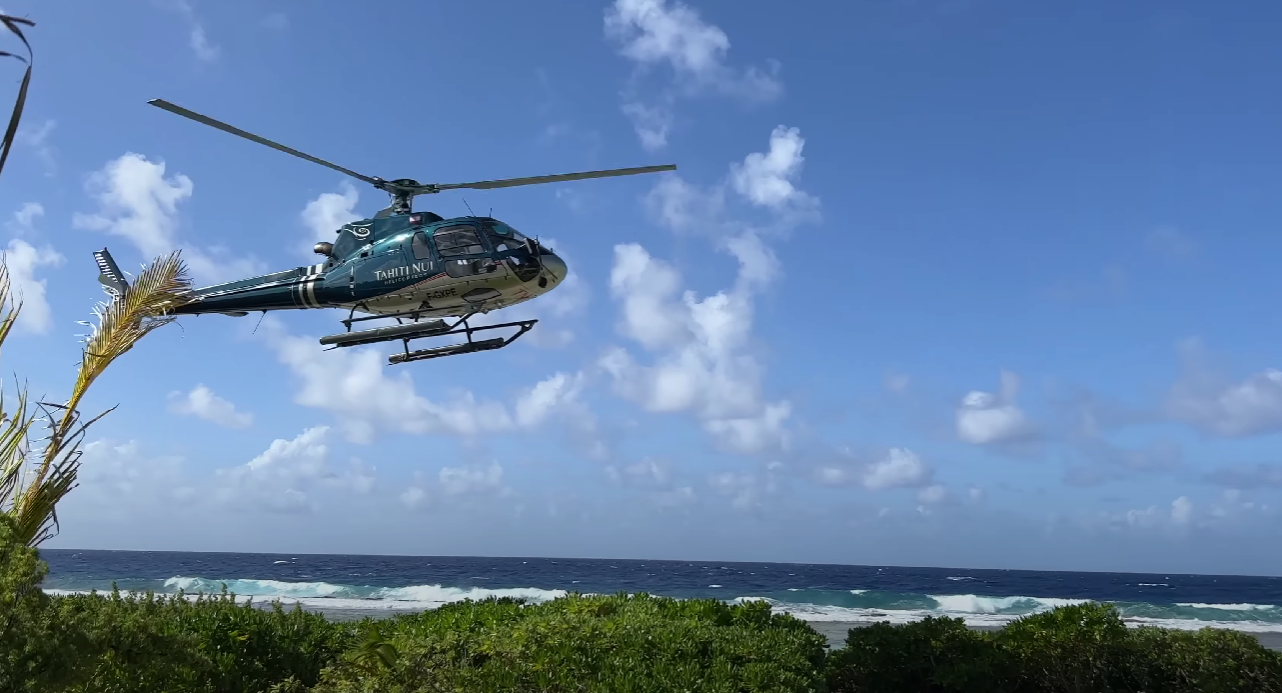
Additionally, there may be other miscellaneous fees associated with helicopter rentals, such as landing fees [1] at specific airports or helipads, hangar fees for overnight storage, or additional charges for specialized services or equipment.
These fees should be discussed with the helicopter rental company to ensure accurate cost estimation.
Fuel Transfer and Refueling Considerations
Fuel charges are an integral part of helicopter rental costs. Depending on the rental agreement, fuel may be included in the rental price or charged separately. If fuel is not included, the renter is responsible for refueling the helicopter.
The cost and logistics of refueling should be considered, including fuel availability at the departure and destination locations, any additional fees associated with fuel transfer, and the current fuel prices. Proper planning and coordination regarding fueling requirements are essential to avoid unexpected costs and delays during the rental period.
By considering these factors, individuals and organizations can better understand the various elements that contribute to helicopter rental costs.

Evaluating the model and size of the helicopter, the number of pilots required, the flight location and destination, passenger taxes and additional fees, fuel transfer, and refueling considerations allow for a more accurate estimation of the total cost involved in renting a helicopter.
Comparison with Airplane Rental Costs
When considering the costs associated with renting a helicopter, it is valuable to compare them with the expenses related to renting an airplane. This comparison provides insights into the differences and factors contributing to the cost variations between the two aircraft types.
Cost of Learning to Fly a Plane vs. a Helicopter
One significant factor that affects rental costs is the training required to become a pilot. Learning to fly a helicopter generally demands more training and flight hours than flying an airplane.
Helicopters have unique flight characteristics, such as hovering and autorotation, requiring specialized skills and training. As a result, obtaining a helicopter pilot license requires more extensive training and flight time, leading to higher flight lessons and instructor fees.
Ownership Costs and Maintenance Expenses
While rental costs cover only the duration of aircraft use, owning a helicopter involves additional expenses beyond the rental fees. These ownership costs include aircraft maintenance, hangar fees, insurance, and if operating commercially, pilot salaries.

Maintenance expenses can vary based on the helicopter model, its age, and the frequency of usage. Routine inspections, repairs, and replacement parts contribute to the overall maintenance costs.
Hangar fees are incurred for the storage and protection of the helicopter when not in use. Additionally, insurance coverage is essential to protect the owner against potential damages, liability, and accidents.
Pilot salaries become a significant expense if the helicopter is utilized for commercial purposes, such as charter flights or aerial tours. Hiring qualified pilots and ensuring compliance with aviation regulations and safety standards are crucial aspects of operating a commercial helicopter.
These additional costs should be carefully considered when comparing helicopter rental expenses with airplane rental costs.
Fuel Consumption and Energy Efficiency
Fuel consumption is another factor influencing the cost comparison between helicopters and airplanes. Helicopters typically consume more fuel than airplanes due to their design and flight characteristics.
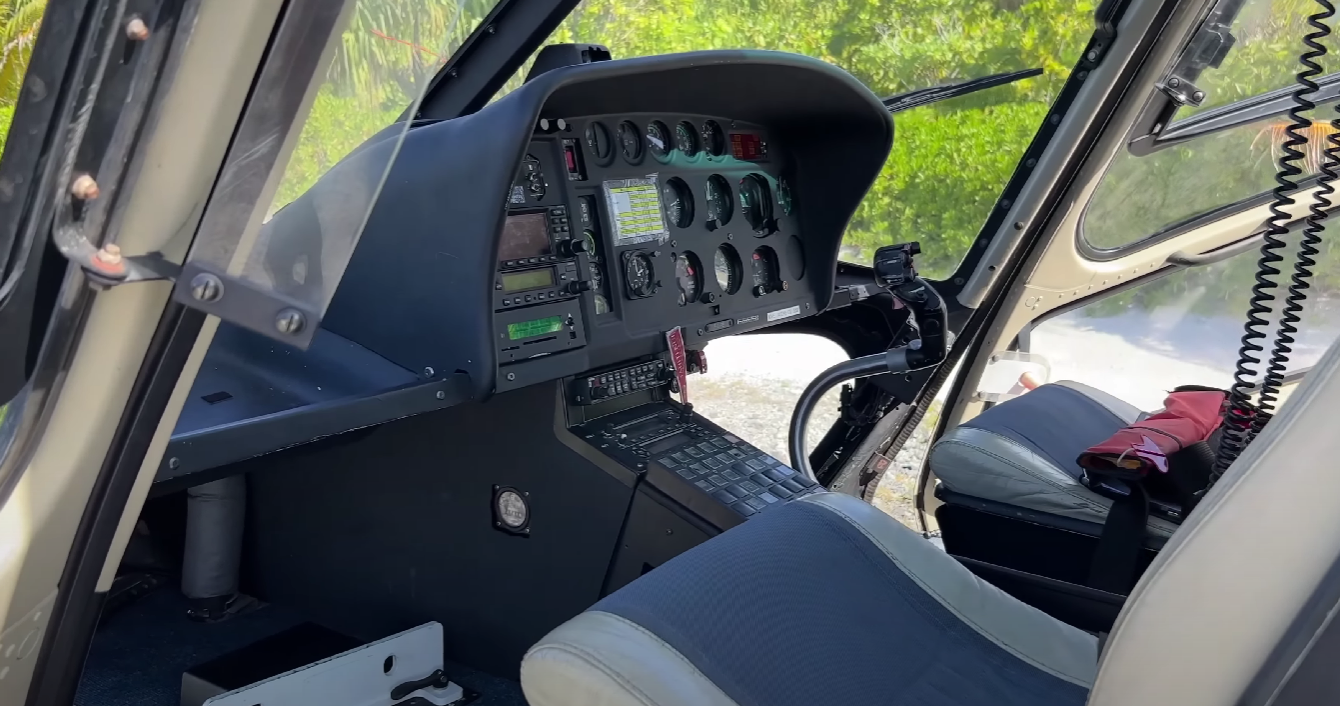
The vertical lift capability, hovering, and maneuverability of helicopters require more power, resulting in higher fuel consumption. The fuel burn rate is measured in gallons per hour (GPH), and helicopters generally have a higher GPH rating than airplanes of similar size. Consequently, the increased fuel consumption contributes to the overall operating costs of helicopters.
Versatility and Cost-Effectiveness
While helicopter rental costs may initially appear higher than airplane rental costs, it is essential to consider the unique advantages and capabilities of helicopters. Helicopters excel in accessing remote areas, reaching destinations with limited or no runway infrastructure, and providing vertical takeoff and landing capabilities.
These features make helicopters indispensable in emergency medical services, search and rescue operations, aerial filming, and various industries such as oil and gas exploration.
Moreover, helicopters are renowned for their versatility in navigating challenging terrains and confined spaces, making them ideal for tasks that require precision and agility.
Hovering and maneuvering in tight spaces provides accessibility that airplanes cannot match. In certain scenarios, the benefits of helicopters, such as time-saving, flexibility, and operational efficiency, outweigh the associated costs, making them a cost-effective option.
Cost of Owning a Private Helicopter
Owning a private helicopter is a significant investment that requires careful consideration of the costs involved. In this section, we will explore the price range of private helicopters and the various factors that influence their overall cost.
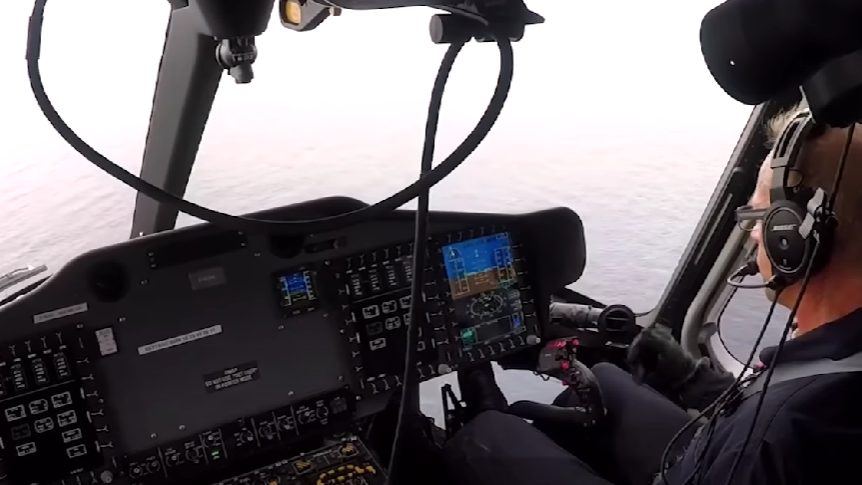
Price Range
The price range for a private helicopter can vary significantly based on several factors. These factors include the helicopter’s model, size, and intended use. For new helicopters, prices typically range from $27 million to $50 million.
However, it is important to note that this is a general price range, and certain high-end or specialized helicopters can exceed these figures.
On the other hand, used helicopters can provide more cost-effective options, with prices ranging from a few hundred thousand dollars to several million, depending on the aircraft’s age, condition, and specifications.
When considering the price range, it is essential to factor in additional expenses associated with helicopter ownership, such as maintenance, insurance, hangar fees, and pilot salaries, if the helicopter is operated commercially.
Factors Influencing the Cost to Fly Helicopters
The cost of owning a private helicopter is influenced by various factors that should be considered during decision-making. Understanding these factors can help individuals make informed choices regarding the type of helicopter to purchase and its suitability for their specific needs.
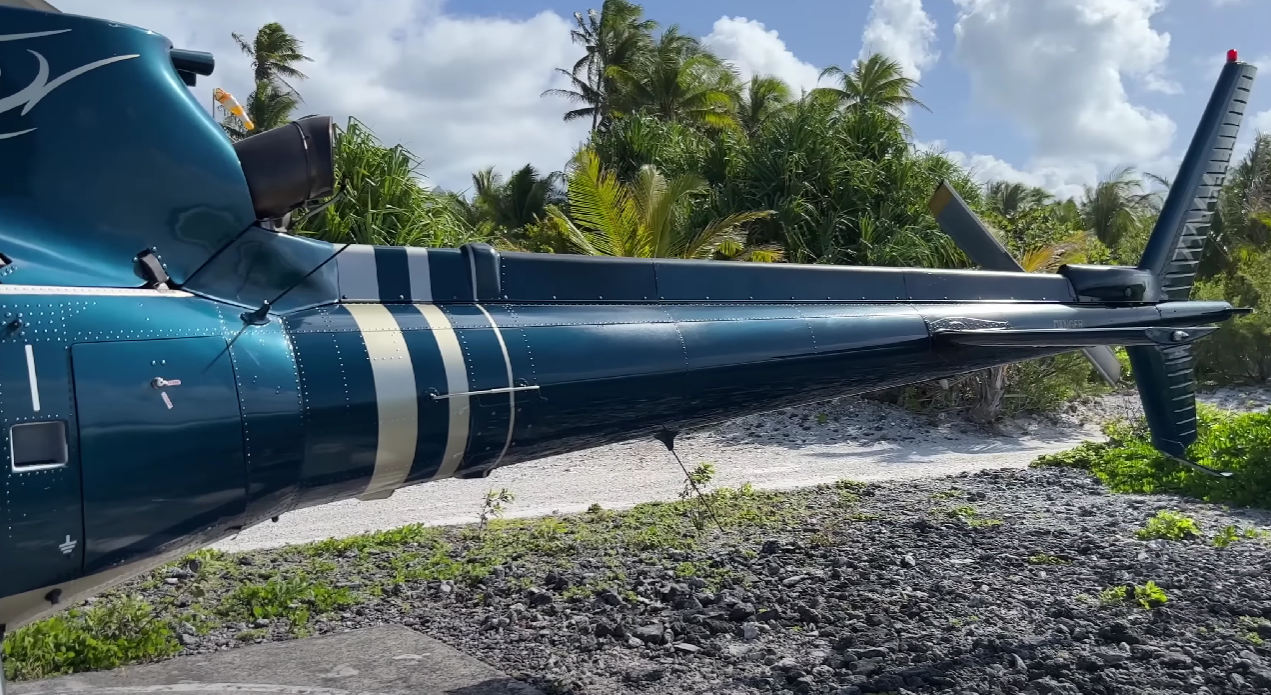
- Helicopter Model and Size
When renting a helicopter, the model and size of the aircraft are significant factors that influence the rental cost.
Helicopters come in various models, each offering unique capabilities, features, and performance specifications. These distinctions directly impact the price associated with renting a particular helicopter model.
Advanced and sophisticated helicopters with the latest technology and state-of-the-art avionics systems tend to command higher rental rates.
These helicopters often incorporate advanced safety features, navigation systems, and communication equipment, which enhance their overall performance and operational efficiency.
The higher price reflects the investment in developing and manufacturing these advanced helicopters.
Additionally, the size of the helicopter is another key determinant of its rental cost. Larger helicopters designed for VVIP transport, commercial operations, or cargo transportation typically have higher rental rates than smaller models used for personal or recreational purposes.

Larger helicopters offer increased passenger capacity, spacious interiors, and greater cargo-carrying capabilities.
These features cater to specific needs, such as transporting more passengers or carrying substantial loads, which require a more significant investment in acquisition, maintenance, and operational costs.
Larger helicopters’ rental rates influence the higher operational costs associated with maintaining and operating these aircraft. Increased fuel consumption, higher maintenance requirements, and specialized pilot training increase rental prices.
Additionally, larger helicopters often require more extensive facilities for storage and maintenance, which may result in additional costs for the helicopter rental company.
On the other hand, smaller helicopters are typically more affordable to rent due to their lower operational costs and maintenance requirements.
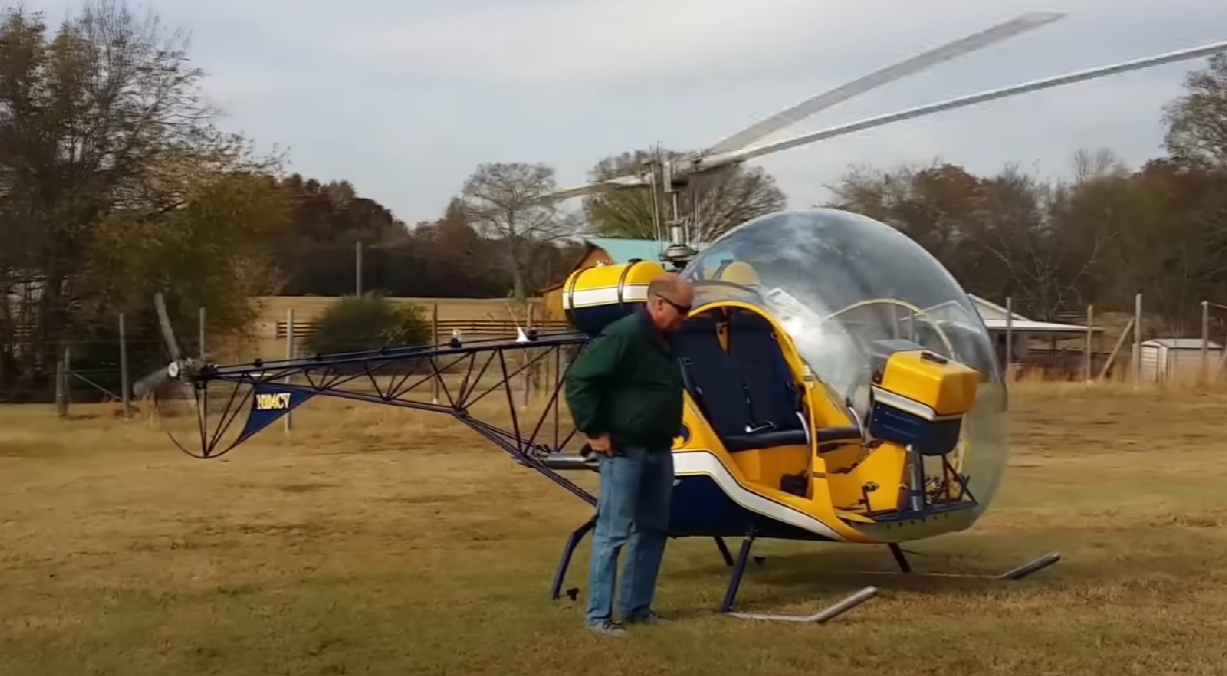
These helicopters are commonly used for short recreational flights, aerial photography, sightseeing tours, and personal transportation. They offer flexibility and accessibility in various settings, including urban areas, remote locations, and restricted landing zones.
When considering the model and size of a helicopter for rental, it is important to align the selection with the specific requirements of the intended use.
Assessing the number of passengers, cargo capacity needs, range capabilities, and desired features will help determine the most suitable helicopter model.
It is advisable to consult with helicopter rental companies to explore options and obtain accurate rental cost estimates based on the preferred model and size.
- Purpose of Use
The purpose for which a helicopter is intended to be used is another important factor influencing its cost.

Helicopters designed for specific purposes often come with specialized features and equipment tailored to meet the requirements of that particular use. These purpose-built helicopters tend to have higher rental costs than more generalized models.
For example, helicopters utilized for VVIP transport or corporate purposes often feature luxurious interiors with comfortable seating arrangements, advanced avionics systems, and state-of-the-art communication equipment.
These helicopters are designed to provide a high level of comfort, convenience, and privacy to the passengers, reflecting the premium experience expected in such applications. Incorporating high-end materials, state-of-the-art cabin amenities, and sophisticated entertainment systems contributes to the higher rental costs of these helicopters.
Similarly, helicopters used for utility operations, such as heavy-lift cargo or offshore support, require specific modifications and capabilities to carry out their tasks efficiently and safely.
These helicopters may be equipped with external cargo hooks, additional fuel capacity, enhanced lifting capabilities, and specialized equipment for search and rescue operations or aerial firefighting.
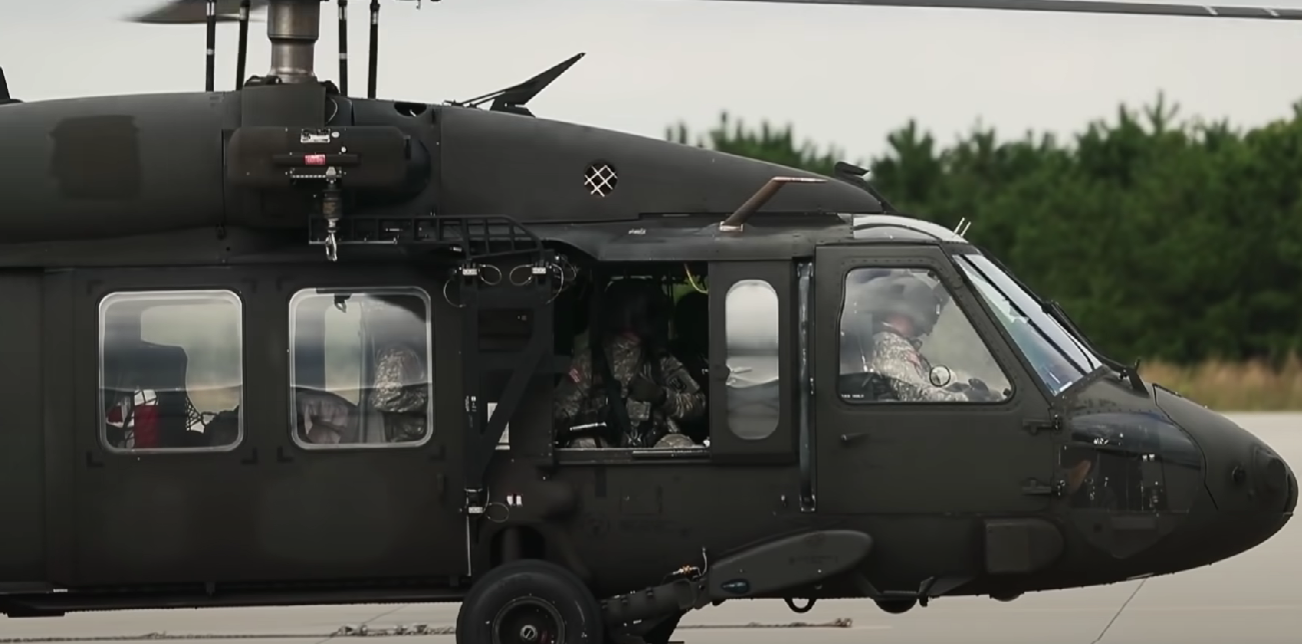
The customization and integration of these technical features increase the operational capabilities and versatility of the helicopter, resulting in higher rental costs.
By identifying the primary purpose of the helicopter, potential renters can determine the specific features and specifications required for their intended use.
This information allows them to select a helicopter that aligns with their needs, ensuring they have the necessary capabilities to carry out their desired operations. However, it is essential to consider that including specialized features and equipment will impact the rental cost of the helicopter.
- New vs. Used Helicopters
When considering the cost of owning a private helicopter, one key factor is whether to purchase a new or used helicopter. Each option has its advantages and considerations that can impact the overall cost.
New helicopters offer several benefits that can justify their higher price tag. Firstly, new helicopters are equipped with the latest technology and advancements in aviation. They often feature state-of-the-art avionics systems, improved safety features, and enhanced performance capabilities.
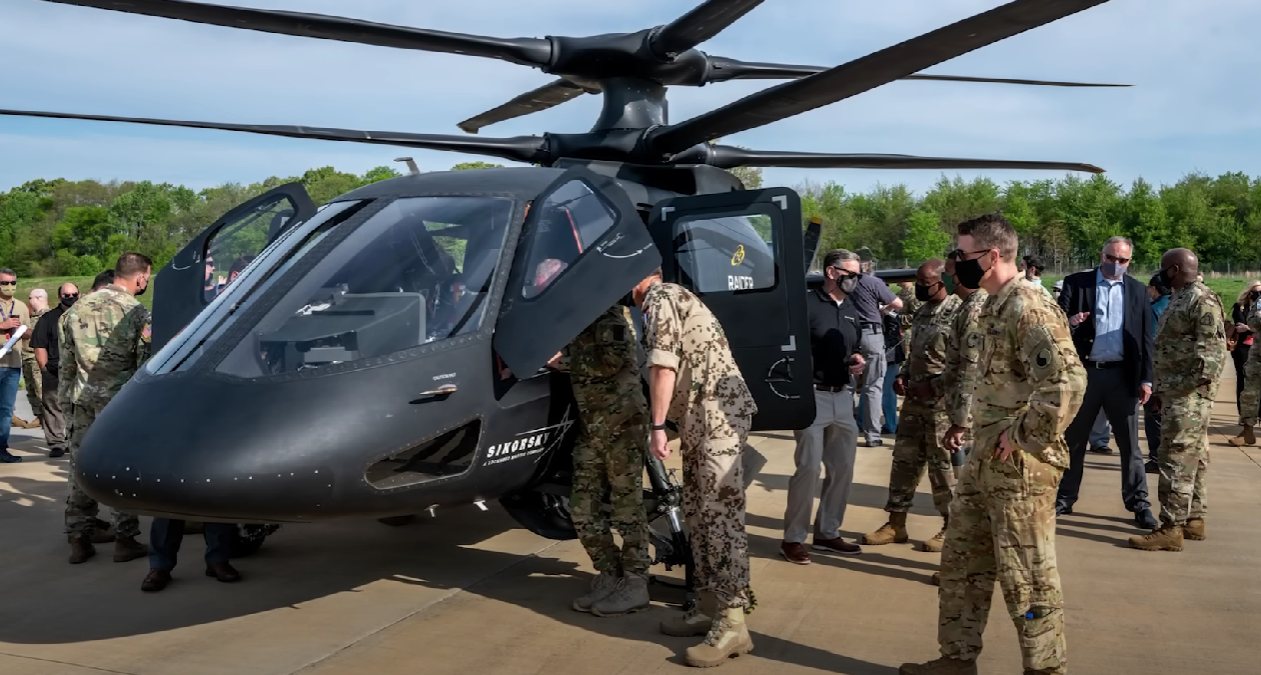
It can improve fuel efficiency, increase reliability, and enhance the flight experience. New helicopters also come with zero flight hours, ensuring that the owner starts with a fresh and undamaged aircraft.
Furthermore, new helicopters typically come with warranties provided by the manufacturer or dealer, offering a certain level of assurance and protection against potential defects or issues. These warranties can provide peace of mind to owners and potentially reduce maintenance costs during the early years of ownership.
On the other hand, used helicopters can present a more cost-effective option for those with budget constraints or specific requirements. Used helicopters are generally more affordable than new ones, as their value has depreciated over time.
However, it is important to carefully evaluate the condition and history of a used helicopter before making a purchase decision. Factors such as the age of the aircraft, total flight hours, maintenance records, and overall condition can significantly impact its value and ongoing maintenance costs.
Conducting thorough inspections, reviewing maintenance logs, and consulting with aviation experts are essential to ensure the used helicopter is airworthy and in good condition.
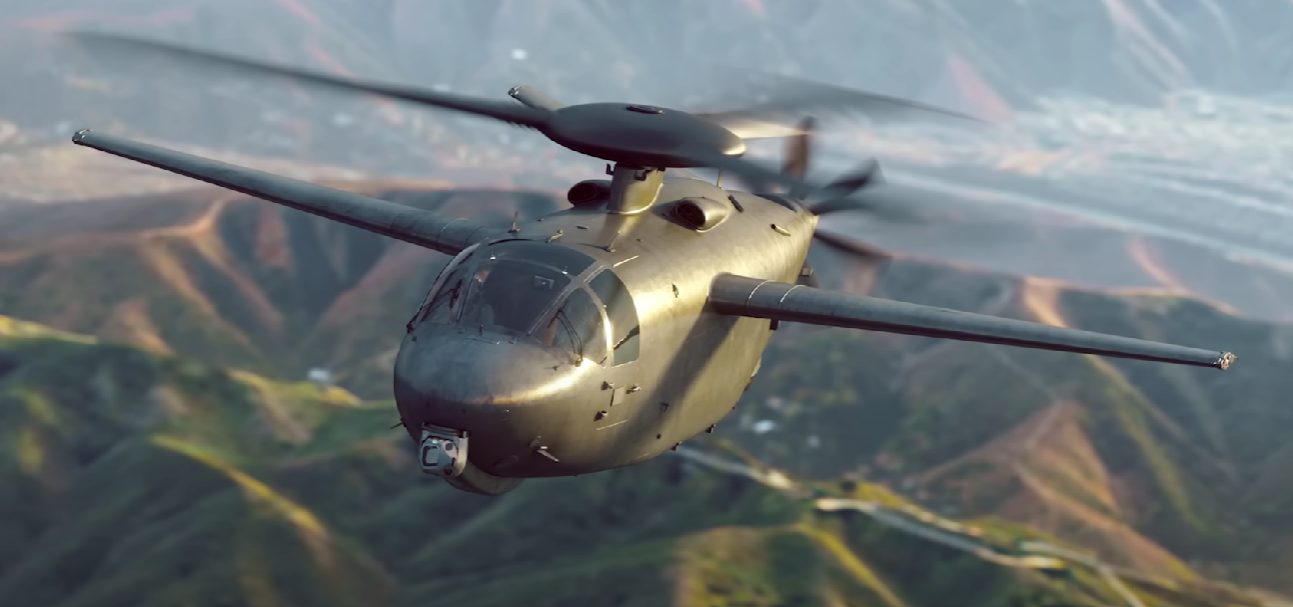
In addition to the abovementioned factors, it is crucial to consider ongoing costs such as routine maintenance, inspections, spare parts, and compliance with regulatory requirements. These expenses can significantly impact the overall cost of owning a private helicopter and should be factored into budgetary considerations.
Conclusion
Understanding the costs of renting and owning helicopters is essential for making informed decisions. Individuals can assess the feasibility and benefits of helicopter transportation by considering factors such as rental rates, pilot fees, and additional expenses.
Whether renting for a specific occasion or considering ownership, careful evaluation of costs helps ensure an optimal and cost-effective experience in the fascinating world of helicopters.

